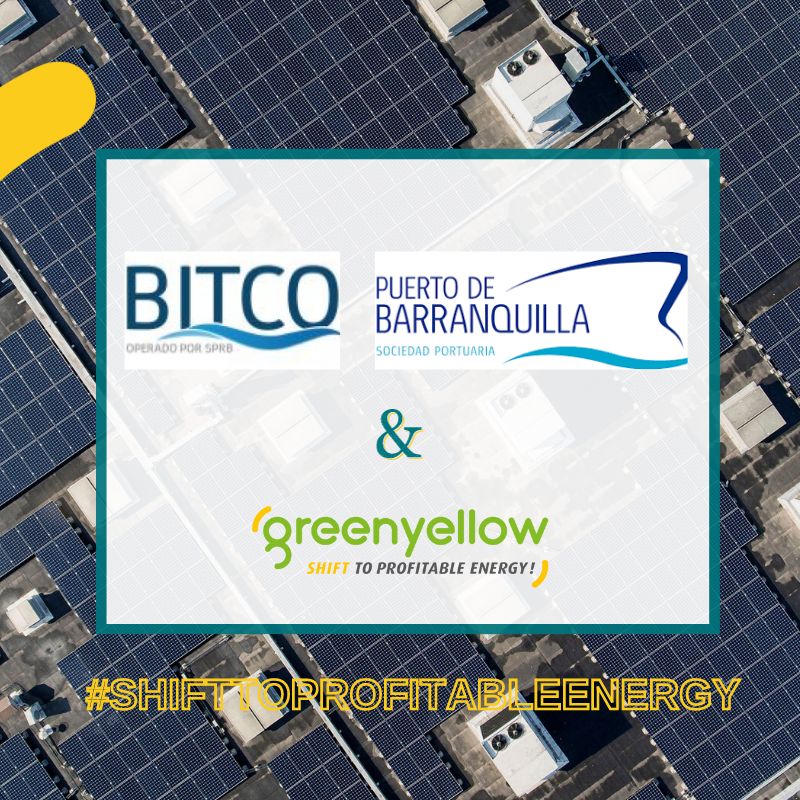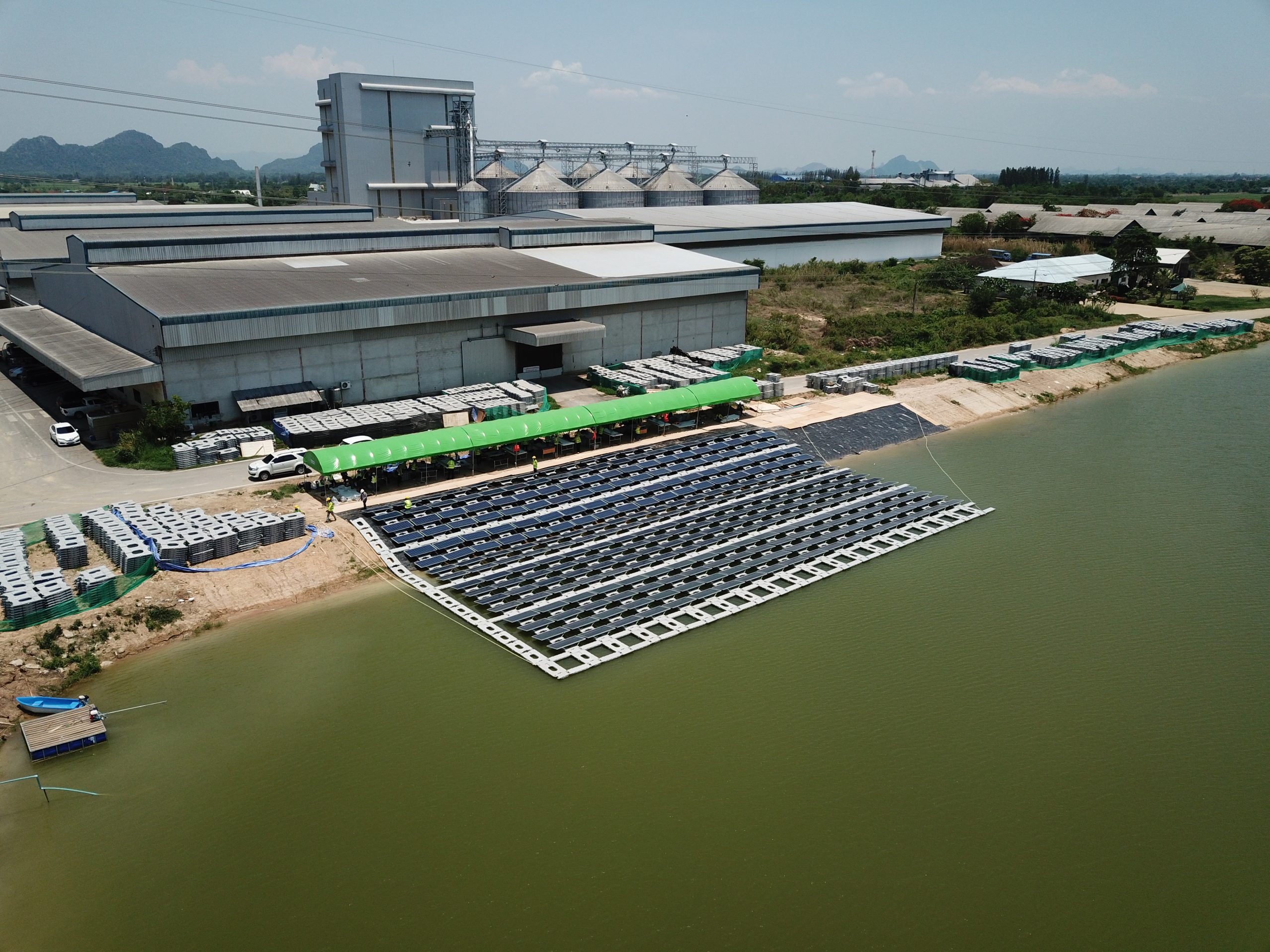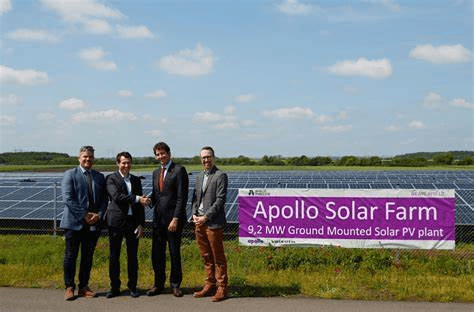The different types of photovoltaic solar plants
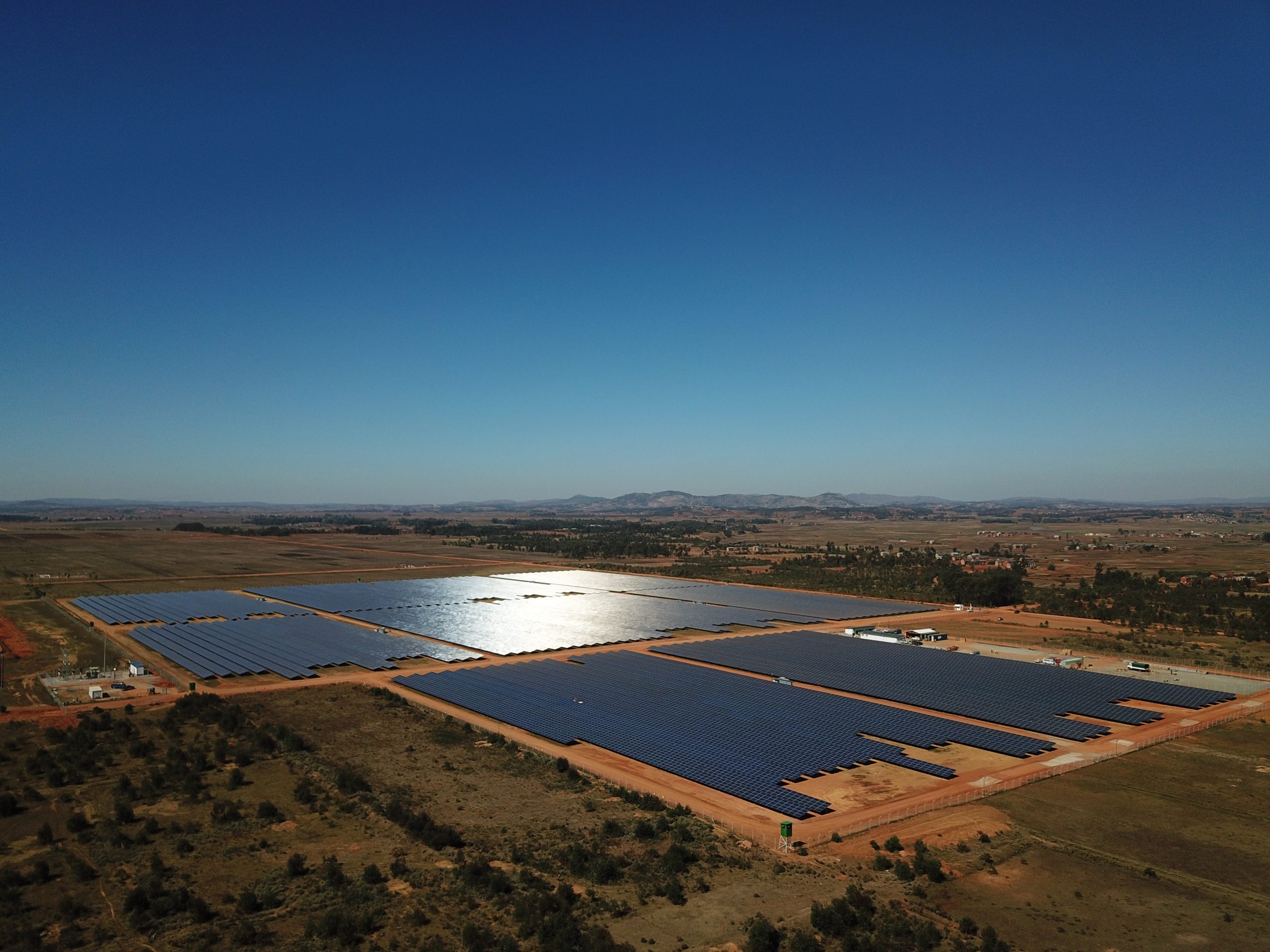
What is a solar plant?
Solar energy, also known as photovoltaic solar energy, is one of the main sources of renewable energy (RE). This form of energy is produced from an inexhaustible natural source: the sun .
To harness this renewable energy, photovoltaic solar power plants are used, with two main objectives: self-consumption of the energy produced, or injection into the local grid. The operation of a solar plant photovoltaic system is based on two key components:
- Photovoltaic panels, which convert sunlight into direct current.
- Inverters, which transform this direct current into alternating current, allowing green electricity to be fed into the grid or consumed directly on site (self-consumption).
There are four main types of solar power plant, whether for self-consumption or grid feed-in. Each has many advantages, and the choice will depend on the specifics of the site and the particular needs of clients.
What are the different types of photovoltaic solar plant?
Rooftop solar plant
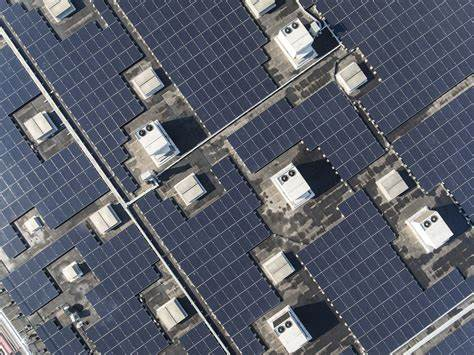
A solar plant rooftop system, also known as a solar plant photovoltaic rooftop system, is a solar energy production system installed directly on the roof of a building. Its purpose is to convert sunlight into green electricity.
The main benefits of a solar plant roof are as follows:
- Land enhancement: By opting for solar plant , building owners can enhance the value of their roof space by using it to generate renewable energy, without requiring additional land.
- Lower energy bills for self-consumption: When the electricity generated by solar plant is used directly on site (self-consumption), this reduces dependence on traditional energy suppliers and saves on energy bills.
These advantages make rooftop solar power plants attractive solutions for building owners keen to promote renewable energy, optimize their space and save on energy consumption.
Solar shading power plant for parking lots
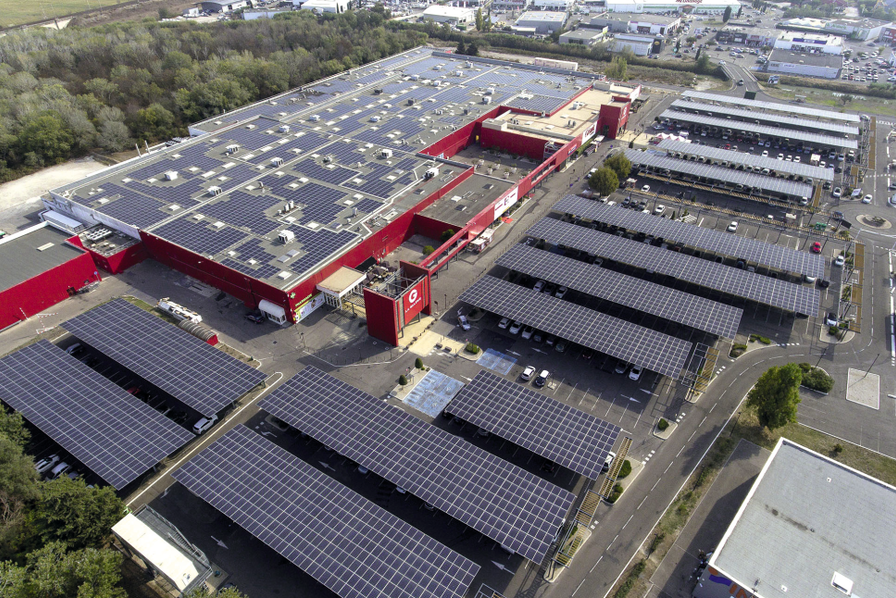
Parking lot shading systems are covering structures that offer optimum protection from the elements and create shade for parked vehicles. They can be horizontal or inclined in height. Solar shading systems are equipped with solar panels that capture the sun's rays and transform them into clean electricity.
These solar installations, whether for self-consumption or injection into the grid, enable us to make the most of previously exploited areas considered "lost to nature". By producing green electricity, they also contribute to the decarbonization of the local energy mix .
Solar farm
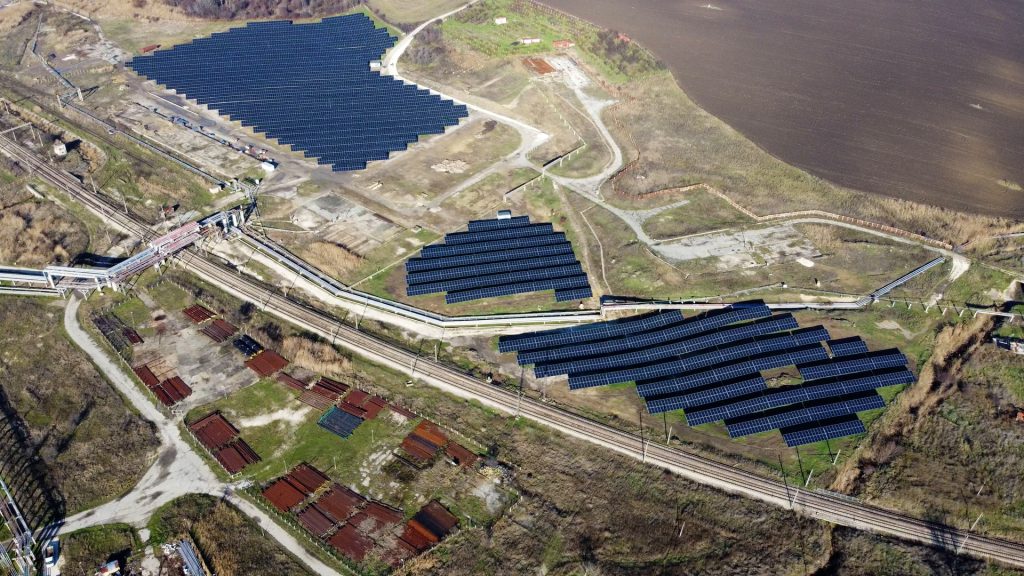
A ground-mounted solar farm, also known as a solar park, consists of photovoltaic solar panels installed directly on the ground. These solar farms can cover an area of several hectares.
The installation of a photovoltaic solar farm offers a number of advantages, contributing to the energy transition while at the same time enhancing the value of degraded or unused land, such as polluted sites, former quarries, landfill sites or buried water retention basins.
These solar farms can also be set up on cultivated land, in this case called agrivoltaics, enabling dual use by protecting crops while producing solar energy.
As with other types of photovoltaic solar power plants, the energy produced can be consumed on site by a site connected to the solar farm, or fed into the electricity grid.
Solar Floating
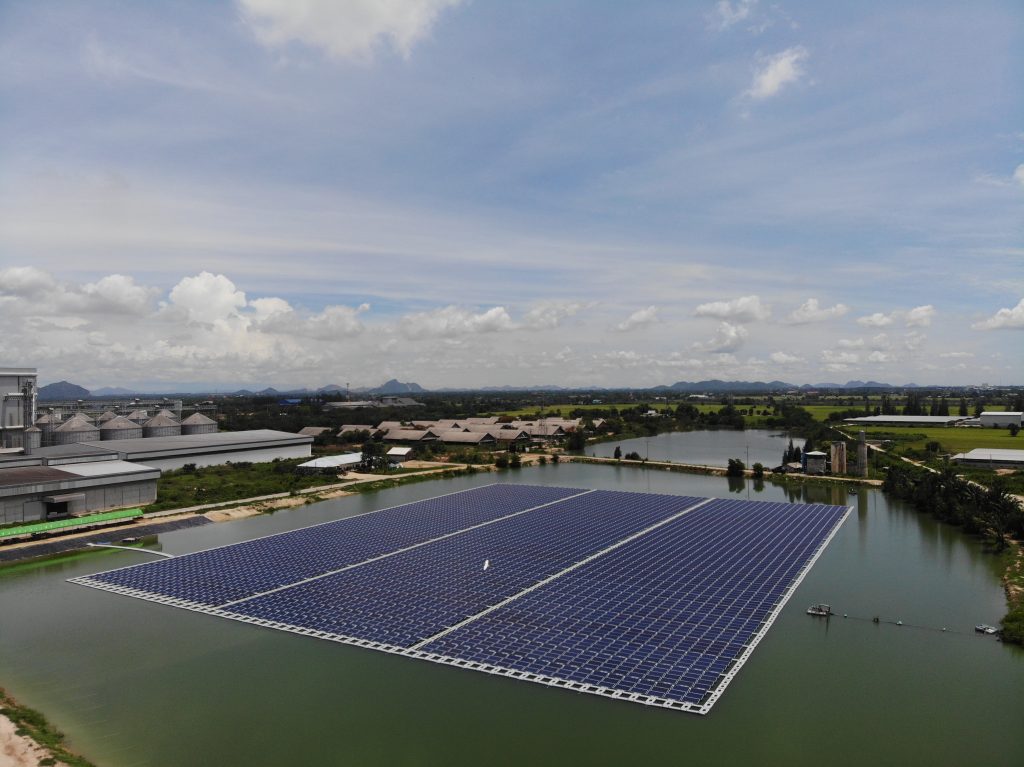
The term " floating solar " or " floating photovoltaic power plant " refers to a solar installation located on a body of water. Setting up a floating solar plant involves using floating structures fixed to the bottom of the body of water, whether a lake, reservoir, dam or even the open sea. These structures house photovoltaic solar panels specially designed to withstand aquatic conditions .
Floating solar power plants offer several significant advantages:
- Water savings: these systems reduce evaporation
- Control algae proliferation to preserve water quality.
- Improved performance: Water helps cool the solar panels, improving their efficiency and energy output.
- Easy to dismantle: Floating solar power plants can be dismantled more easily than land-based plants.
- Cost comparable to land-based power plants


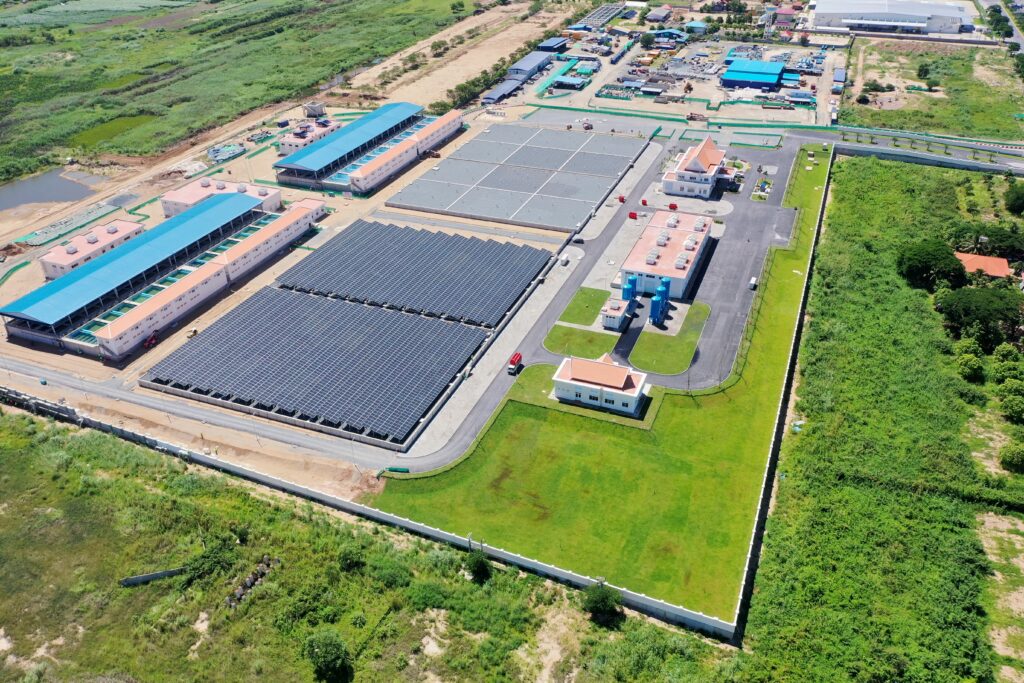
Let's analyze together
the ecological and financial impact
of your energy optimization.
Our experts will contact you to understand your needs and develop your turnkey project, 100% financed!

